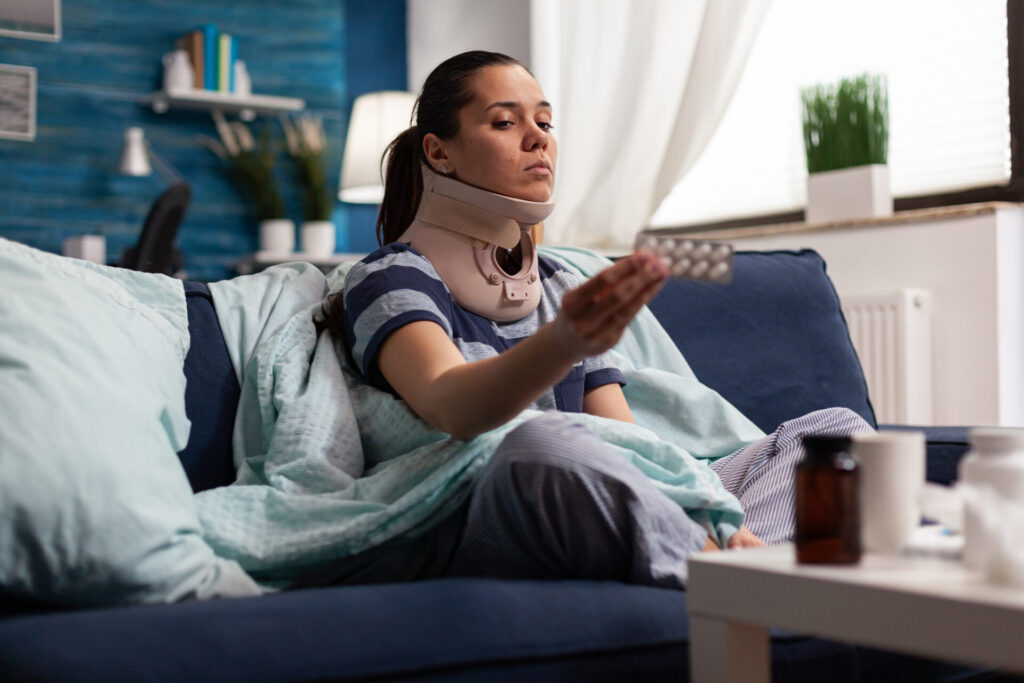Vehophobia refers to a fear of driving. It’s one of many types of specific phobias, which are extreme fears about specific things, activities, or situations. These types of fears can negatively impact a person’s everyday life, because they lead to responses and avoidance behavior that can make it difficult to live normally.
Find out more about vehophobio below, including what it can cause in a person’s life and how you can get help in seeking treatment for this condition. In cases where vehophobia is caused by a car accident that was the fault of another person, a personal injury lawyer may be able to help you seek compensation to pay for those treatments and cover losses related to your phobia.
How Does Vehophobia Present?
As is the case with many phobias and other mental health disorders, vehophobia can have physical symptoms that look different depending on the severity of the issue and a person’s overall lifestyle. Some common symptoms of vehophobio include:
- Experiencing driving anxiety or intense fear when thinking about driving a car or attempting to get behind the wheel
- Obsessing over worries related to driving even when you aren’t actively driving a vehicle
- Having panic attacks because of anxiety about driving or when faced with the immediate need to drive a car
- Taking specific actions to avoid driving a car due to a fear of driving, especially when those actions get in the way of family, work, or social obligations or otherwise impair your ability to live a normal life

Someone with vehophobia may go out of their way to avoid the fear of driving in a car to mitigate the chances of being involved in a car accident. They may ask someone else to drive anytime it’s possible to do so, even if it makes more sense for them to drive. They may take public transportation whenever possible or think up carpooling schemes that don’t make logical sense. In some cases, someone with vehophobia may simply not go somewhere if the only way to get there is to drive themselves. That can lead to problems with relationships, school, work, and other obligations.
If someone with severe vehophobia does find themselves pressured to get behind the wheel, they may experience a panic attack. Symptoms can include sweating and shaking, pain in the chest, inability or perceived inability to breathe, numbness or tingling in the extremities, and feelings of floating or being disconnected.
What Are Common Causes of Vehophobia?
One of the most common causes of vehophobia is a traumatic experience involving a vehicle or driving. Most often, the person is involved in a serious car accident or has a loved one who was involved in a car accident.

Other triggers of vehophobia can include seeing a car accident, especially if it resulted in a traumatic injury or death. In some cases, vehophobia occurs as a side effect of a general anxiety disorder; if someone has a hard time dealing with stress or anxiety-inducing conditions, they might find driving in traffic or in dangerous conditions too fearful to be possible.
How Is Vehophobia Treated?
The first step to getting the proper treatment done for vehophobia is getting a diagnosis. You can start with your family physician or reach out to a therapist or another mental health professional for help to discuss these treatment options.
Typically, doctors conduct a history and physical and may run some tests in cases where there might be another medical reason you’re experiencing vehophobia. If those are ruled out or your doctor doesn’t believe there are any potential other causes, they are likely to prescribe psychotherapy.
One type of therapy commonly used to treat phobias is cognitive behavioral therapy (CBT). This is a form of talk therapy that works to help someone unlink a feared situation from the normal anxiety response they have. CBT works by helping people see how their thinking patterns are related to behavior patterns and practice coping strategies by implementing thought and behavior changes that reduce responses like panic attacks.

Another therapy option used to treat phobias, including vehophobia, is Eye Movement Desensitization and Reprocessing (EMDR). These therapy sessions take about an hour and involve discussing the fear and situations related to it and then working through minimizing fear while performing bilateral eye movements. This bilateral eye movement helps engage the brain on multiple levels so a person can bypass the part of the mind that gets “stuck” on a fear situation. By repeatedly moving past the fear, the person can learn to respond in a more productive way to the situation they fear in real life. EMDR is usually conducted over a total of about eight sessions.
Professionals may also provide exposure therapy for someone dealing with vehophobia. This treatment lets someone face the situation that causes their fear — getting behind the wheel and driving — in a controlled and careful environment. By slowly immersing themselves in the situation repeatedly and to greater degrees, the person may overcome the fear. This type of vehophobia treatment may utilize virtual reality as well as real-world practice situations.
How Can a Personal Injury Attorney Help?
If you’re dealing with vehophobia after a car accident that was someone else’s fault, consider talking to a personal injury attorney. You may be able to get compensation for a car accident to cover treatment for vehophobia and help cover damages such as lost wages because you’re no longer able to drive yourself to work.
Car accidents can lead to injuries that aren’t visible on the outside. Whether you’re dealing with physical injuries or mental ones, call Precision Injury Law today. We’ll listen to your story and let you know how we can help with your case.









